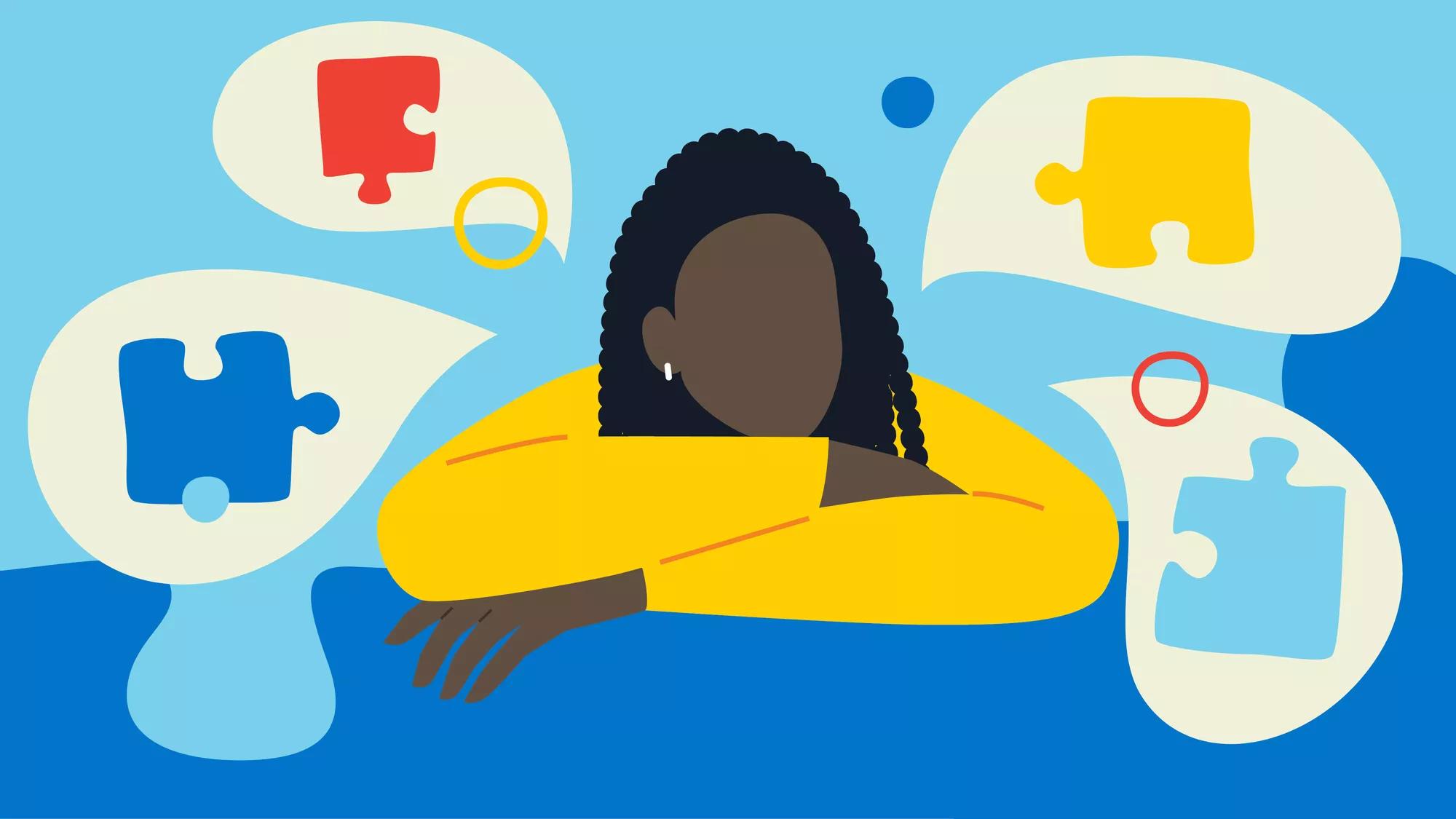The Function of Education And Learning in Sustaining Pupils with Autism: Ideal Practices
The Function of Education And Learning in Sustaining Pupils with Autism: Ideal Practices
Blog Article
Checking Out Autism: Approaches for Efficient Communication and Communication
Reliable communication and interaction with individuals on the autism spectrum require an extensive understanding of their one-of-a-kind needs and choices. Strategies such as employing clear language, using visual assistances, and cultivating consistent routines can substantially boost involvement and reduce stress and anxiety. Acknowledging the value of non-verbal cues and shared interests leads the way for purposeful links. The complexities of these methods reveal more factors to consider that merit exploration, specifically in exactly how they can be adapted to specific experiences and diverse contexts. What might these adaptations look like in technique?
Recognizing Autism Spectrum Problem
Autism Spectrum Problem (ASD) encompasses a series of neurodevelopmental conditions defined by difficulties in social communication, communication, and recurring behaviors. The term "range" mirrors the diverse symptoms and varying degrees of extent experienced by individuals with ASD. While some might exhibit considerable problems, others may present high-functioning characteristics, permitting greater self-reliance in day-to-day life.
The onset of ASD generally takes place in early childhood, with indications often identifiable by age 2. Early indications may include postponed speech development, restricted eye call, and difficulties in comprehending social signs. Although the accurate etiology of ASD continues to be unclear, research suggests a mix of genetic and ecological aspects plays an essential duty in its growth.
Individuals with ASD typically possess one-of-a-kind strengths, such as enhanced focus to detail and extraordinary memory skills. Nevertheless, they might battle with recognizing abstract principles and taking care of modifications to routine. As an outcome, interventions and support customized to specific requirements are crucial for cultivating communication and social abilities. Acknowledging the complexity of ASD is important for promoting recognition, approval, and efficient techniques that facilitate meaningful interactions with individuals on the range.

Significance of Clear Communication
Effective interaction is essential for fostering understanding and connection, particularly for people with Autism Range Condition (ASD) Clear communication not just promotes social communications however likewise enhances the person's capability to reveal their emotions, thoughts, and needs. For individuals with ASD, the nuances of language can commonly be testing; as a result, utilizing distinct and uncomplicated language is essential.
In addition, clear interaction helps lower frustration and anxiousness that might arise from misunderstandings. When messages are shared in a direct and regular way, individuals with ASD are better furnished to translate information properly, which can substantially boost their social interaction and engagement in different setups.
Establishing routines and utilizing visual supports can additionally bolster clear interaction. These strategies supply people with predictable frameworks that assist comprehension and retention of details. Additionally, proactively being and listening person during interactions promotes an encouraging atmosphere where people with ASD really feel valued and understood.
Eventually, focusing on clear interaction not only empowers people with ASD yet also promotes even more meaningful links with their peers, caretakers, and the wider community, leading the way for inclusive interactions and joint relationships. - autism
Non-Verbal Communication Methods
Interaction expands past words, and for people with Autism Range Problem (ASD), non-verbal cues play a considerable function in communications. Non-verbal interaction methods can consist of facial expressions, gestures, body movement, and eye contact, all of which act as crucial parts for communicating intents and feelings.
Recognizing and analyzing these non-verbal signals can boost communications with people with ASD. A cozy smile or open pose can develop an inviting ambience, motivating involvement. Similarly, using visual help-- such as image cards or signs-- can connect communication voids and aid share messages a lot more properly.
It is likewise important to be conscious of personal room, as individuals with ASD might have different comfort degrees relating to proximity. Observing their reactions to physical distance can educate suitable adjustments.

Developing Supportive Environments
Developing an encouraging atmosphere is vital for promoting positive communications and improving the wellness of people with Autism Range Disorder (ASD) Such atmospheres can dramatically minimize stress and anxiety and create a feeling of safety and security, permitting individuals to reveal themselves much more openly.
To accomplish this, it is vital to think about sensory level of sensitivities that individuals with anonymous ASD might experience. Customizing the physical room to consist of soft lighting, marginal background sound, and comfortable seats can produce a relaxing environment. In addition, utilizing regular regimens and clear aesthetic routines can aid individuals prepare for web transitions and lower uncertainty, additional advertising comfort.
Social spaces must be structured to minimize overwhelming stimulations while offering possibilities for interaction in recommended activities. Helping with locations designated for peaceful time can also function as a refuge throughout minutes of stress and anxiety. Importantly, incorporating aspects of choice empowers individuals, permitting them to exercise agency in their setting.

Encouraging Social Communications
Cultivating social communications among people with Autism Range Disorder (ASD) calls for intentional methods that prioritize convenience and engagement. Establishing foreseeable routines can help in reducing anxiety, making social settings extra approachable. Producing organized environments with specified roles and duties allows people to engage without the frustrating pressure of unstructured social characteristics.
Integrating rate of interests and strengths into social tasks can act as a driver for communication. Organizing team activities around shared pastimes or subjects of attraction can promote natural conversations and links. In addition, utilizing visual supports, such as photographic timetables or social scripts, can aid in comprehending social hints and assumptions.
Designing ideal social behaviors is important - autism. Peers and grownups need to show reliable interaction techniques, including active listening and turn-taking. Role-playing scenarios can also offer a secure room for people look at here to exercise these abilities
Last but not least, cultivating peer partnerships via comprehensive techniques is essential. Encouraging inclusive playdates or group outings can create opportunities for socialization in a comfortable setting. By executing these methods, instructors and caretakers can considerably improve social interactions for people with ASD, promoting their overall social advancement and wellness.
Conclusion
In final thought, efficient interaction and interaction techniques are crucial for supporting individuals with Autism Spectrum Condition. Inevitably, these strategies empower individuals with autism to browse social landscapes, advertising their overall wellness and allowing the development of enduring partnerships.
Reliable communication and interaction with individuals on the autism spectrum require a detailed understanding of their one-of-a-kind needs and choices. Clear interaction not just facilitates social communications yet additionally boosts the person's capacity to share their emotions, needs, and thoughts.Fostering social interactions among individuals with Autism Spectrum Disorder (ASD) calls for willful techniques that prioritize convenience and engagement. By executing these instructors, approaches and caretakers can dramatically boost social communications for individuals with ASD, promoting their total social advancement and wellness.
In conclusion, effective communication and interaction strategies are important for supporting people with Autism Spectrum Disorder.
Report this page